European defence technology company Helsing has unveiled two new systems designed to enhance underwater surveillance and security: the Lura software platform and the SG-1 Fathom underwater glider. The announcement was made during a demonstration at HM Naval Base Portsmouth.
According to the company, the Lura platform leverages AI to detect underwater threats, offering a scalable and autonomous approach to maritime surveillance. It uses a large acoustic model to classify and localise sounds made by ships and submarines with increased sensitivity and speed. Helsing claims that Lura can detect acoustic signatures that are up to ten times quieter than traditional models, operating at speeds up to 40 times faster than human operators.
The SG-1 Fathom is an autonomous underwater glider that operates with the Lura system to create a mobile surveillance network. Each glider can patrol underwater for up to three months, detecting and reporting threats in near real time. Helsing highlights that the system can function as a large-scale constellation of sensors, akin to satellites monitoring the oceans, and can be managed by a single operator from a maritime headquarters.
Dr Gundbert Scherf, Co-founder and Co-CEO of Helsing, emphasised the strategic importance of underwater surveillance:
“Lura detects so our navies can deter. We must harness new technologies to keep pace with the threats against our critical infrastructure, national waters, and way of life. Deploying AI to the edge of underwater constellations will illuminate the oceans and deter our adversaries, for a strong Europe.”
The SG-1 Fathom gliders are designed to be deployed in strategic areas such as the North Sea, the Baltic, and the Atlantic. Helsing stated that the system offers surveillance capabilities at 10% of the cost of crewed anti-submarine warfare patrols. The company is working with partners including Blue Ocean Marine Tech Systems, Ocean Infinity, and Qinetiq to deliver the system within the year.
Amelia Gould, General Manager of Helsing Maritime, also commented:
“To protect ourselves from increasing threats, especially underwater, we must do defence differently. The UK has a proud history of maritime innovation and must never stand still. Lura and SG-1 will form an ever-evolving mission cycle, learning from each deployment to iterate at the pace of the threat – a true 21st-century defence capability.”
The unveiling of Lura and SG-1 Fathom reflects growing interest from several navies in scalable underwater surveillance solutions, and Helsing aims to deploy the system globally as both a contracted service and a naval-operated capability.


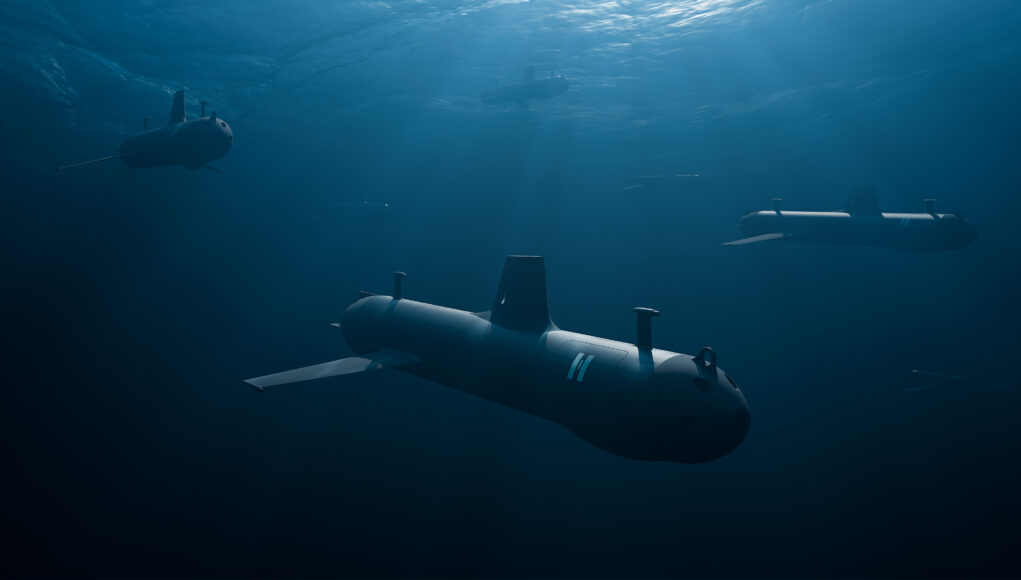
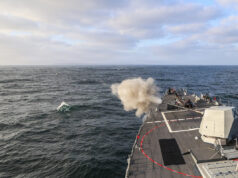
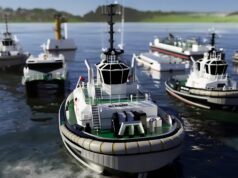
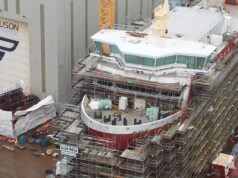
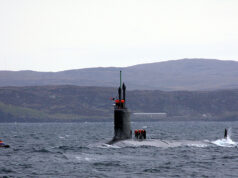
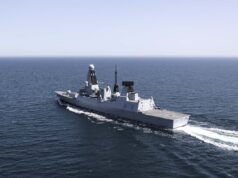

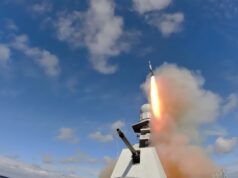
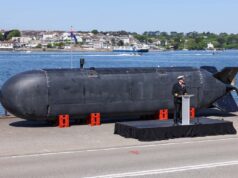
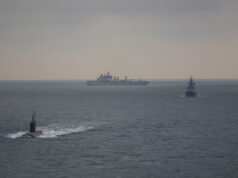
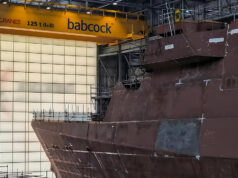

A system like this would go perfectly with our small number of very high end frigates. Hopefully we start procuring this or something similar in large numbers very quickly. It will also allow us to insulate ourselves from the vagaries of US foreign and security policy while cementing our places as the premier naval power in the North Eastern Atlantic.
Would these vessels have enough available power to run sensors and manoeuvre for long periods or patrols as I would imagine they can only carry so many batteries ?
Could this technology give a Type 31 the ability to detect and locate a submarine?
Yes, it could enable lower cost vessels like T31 that lack the noise reduction and sensors of higher end platforms like T26 to provide effective ASW capabilities. Essentially the T31 becomes a carrier for off board sensors and a platform for drones or helicopters to operate from that can provide the hard kill.
This is probably most effective in permanently screened areas like GIUK gap that have near by basing an infrastructure to support a large fleet of these gliders. It’s much less effective in screening a moving task force especially in blue water out of area operations so there is still a role for high end towed array vessels like T26.
Also see the Current News section on Navy Lookout.
“reporting threats in near real time”
How does it report in “near” real time? launch a comms buoy to surface?
Thought about that, myself. If/when it launches a comms buoy, its’ presence position are compromised.
“presence and position”…
The Times reports that it will surface upon discovering a contact to report its position to HQ.
At that point I assume it has served its purpose and remaining hidden is of secondary importance.
Thanks.
So this system provides the sensor and tracking capability but how does it then communicate it’s findings? What asset is the kill part of the kill chain?
You have to have a hard power armed submarine or ASW frigates or MPA receiving this data and then killing the target.
The defence cuts have got so terrible now I don’t think we have the weapons delivery solutions available.
SDSR has to put additional type 26 and another batch of type 31s onto the programmes and add more Poseidon MPA.
Do you know how few submarines Russia’s Northern fleet has that can reach the North Atlantic. It has two SSGN’s with a third entering service.
None of its SSK’s can get there
All the rest of its SSN’s are over thirty years old and more dangerous to the crews that allied navy’s
ENATO has more than 100 surface combatants in the Euro Atlantic.
If a submarine is found it’s very easy to kill.
The submarine game must be so different since the Cold War.
With tens of submarines on both sides constantly on patrol, they must have tracked and detected each other pretty regularly.
Now, when do you think the last time a Russian submarine passed within 200 miles of an Astute, let alone tracked it?
Probably when the Russians were dumb enough to advertise a port visit in Cuba with the Kazan. It looked like every NATO asset in the Atlantic was tracking them to get her acoustic signature. As you say a rare event.
Although I like the concept I am not sure how effective this system would be. It seems to me to be more of a barrier system than a mobile system. With its speed of 1-2 knots would that be enough to overcome some of the deep sea currents.
Apart from mobility, what does it have that the existing IUSS overseen by the USUK doesn’t?
Works in bits of the seabed too deep for ground sensors?
Ground sensors? You mean seabed, mate?
I’ve no knowledge if depth affects IUSS webs.
This seems useful if it’s carried by a vessel and deployed, but I don’t see how it improves on IUSS.
The article says its at 10% off the cost of ASW patrols.
But by my understanding, such is the capability of IUSS, especially in certain areas, the sub has already been pinged by IUSS for those patrols, say a T23 and P8, to move to the area.
You’d need thousands of these.
Assume fixed IUSS can be tampered with, like cables so there’s the survivability with mobility.
I read some bits around the Russian equivalent of IUSS for an essay comp, and it sounds like the arrays are only laid in bits of ocean where the sea is relatively shallow, to reduce the cost of installation and maintenance.
Do you know how the IUSS sets get their power?
The russian ones use nuclear power, do ours just tap off nearby cables?
Have not the foggiest mate.
My knowledge re SOSUS/IUSS is more the intell/land side back end, not the actual sensors.
No US participation
Worth it just for that reason 😀
Surprisingly nothing here or on Navy Lookout mentions the Australian connection. See link.
https://www.abc.net.au/news/2025-05-15/australian-underwater-ai-drones-could-bolster-uk-surveillance/105293204
Check out Aussie connection on this story on the Australian ABC news site. Previous post I included link but post not up yet.